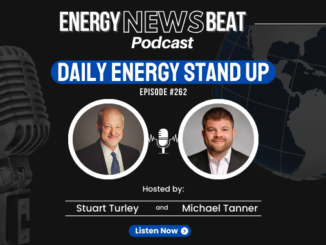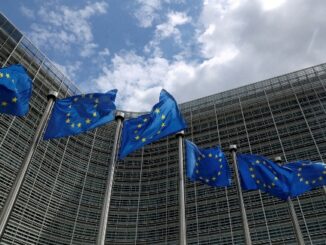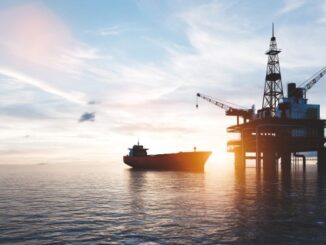
DUBAI – The global nuclear industry got a morale boost at the COP28 climate summit in Dubai after more than 20 nations vowed to triple capacity by 2050. But reaching that goal will require the industry to overcome regulatory hurdles, financing obstacles, fuel bottlenecks, and public safety concerns that have contributed to a long history of project delays and decades of stagnation.
Source: Reuters
It took 70 years to bring global nuclear capacity to the current level of 370 gigawatts (GW), and the industry must now select technologies, raise finance and develop the rules to build another 740 GW in half that time.
“Judging by the international nuclear industry’s performance over the past two decades, it is impossible,” said Mycle Schneider, lead author of the World Nuclear Industry Status Report.
The declaration, signed by the U.S., France, Britain, South Korea, and others commits countries to mobilise investment and encourage financial institutions like the World Bank to back nuclear power.
It also promises efforts to extend the life of existing plants – with about 200 of 420 reactors around the world scheduled to be decommisioned before 2050 – and support for new technologies like small modular reactors (SMRs).
Nuclear executives at COP28 endorsed the pledge, but acknowledged the industry’s struggles.
“Nuclear is the safest source of energy,” said Patrick Fragman, chief executive of Westinghouse. “Of course, for the first of their kind reactors there were problems and cost overruns. We know: we have the scars.”
In a sign of challenges to come, some environmental groups criticised the pledge, citing public safety concerns, while academics questioned whether plants could be brought online in time to help avert a climate catastrophe.
“Why would anyone spend a single dollar on a technology that, if planned today, won’t even be available to help until 2035-2045?” said Mark Jacobson, an energy specialist at Stanford University.
There are currently 60 commercial reactors under construction in 17 countries across the world, with China accounting for 25, according to the World Nuclear Association.
Though China is one of the few countries to remain steadfast in its commitment to nuclear development over the years, its 2020 capacity target was one of the only ones it missed.
In much of the West, meanwhile, nuclear power capacity has stagnated, with huge reactor construction costs, permitting issues, and public opposition after the Fukushima nuclear accident in Japan in 2011 blocking new construction.
At COP28, nuclear firms were talking up the prospects of SMRs as a better bet. Backers say they have shorter construction times than traditional plants and could in theory be brought online more quickly.
Korea Hydro and Nuclear Power (KHNP) presented a simulator of its “iSMR” reactor, designed to be plugged into existing power grids and used to run desalination plants or provide urban heating.
KHNP will be able to build a plant in two years once permits are in place, chief executive Jooho Whang said, compared to 10 to 20 years for large reactors.
“Historically it is true that nuclear power plants are subject to the approval of the government and I don’t think that will change,” said Whang.
“But if SMR makes a good demonstration project, there will be exponential growth in demand across the world.”
KHNP’s iSMR is one of around 80 such models in development, but most are unlikely to get going before 2030, experts say.
NuScale SMR.N, which has the only SMR design approved by the U.S. Nuclear Regulatory Commission, last month had to axe its project at a national lab, on worries about low subscription for the plant’s power. NuScale says its other projects are on track.
Rafael Grossi, executive director of the International Atomic Energy Agency (IAEA), told Reuters that the body was now working on harmonising approval rules worldwide to make it easier for countries to share technologies.
“The IAEA has launched a process so that regulators around the world can move faster, always by applying very strict safety measures,” he said. The current system might not work in a globalised market where SMRs made in the United States are sold in Africa, he said.



